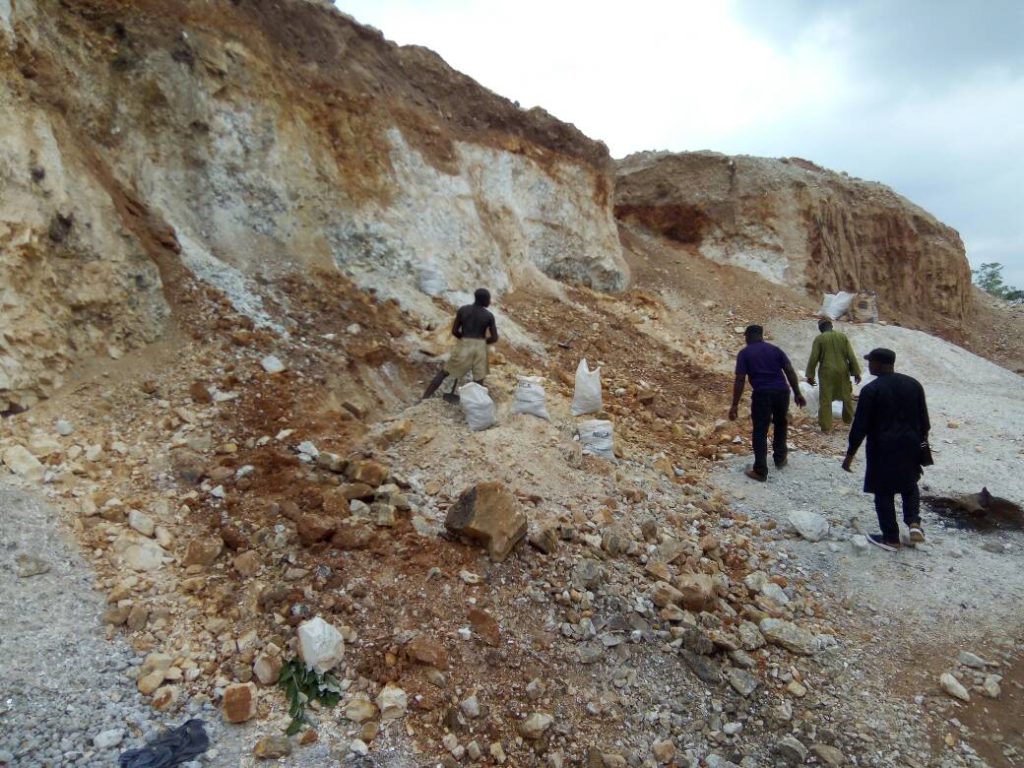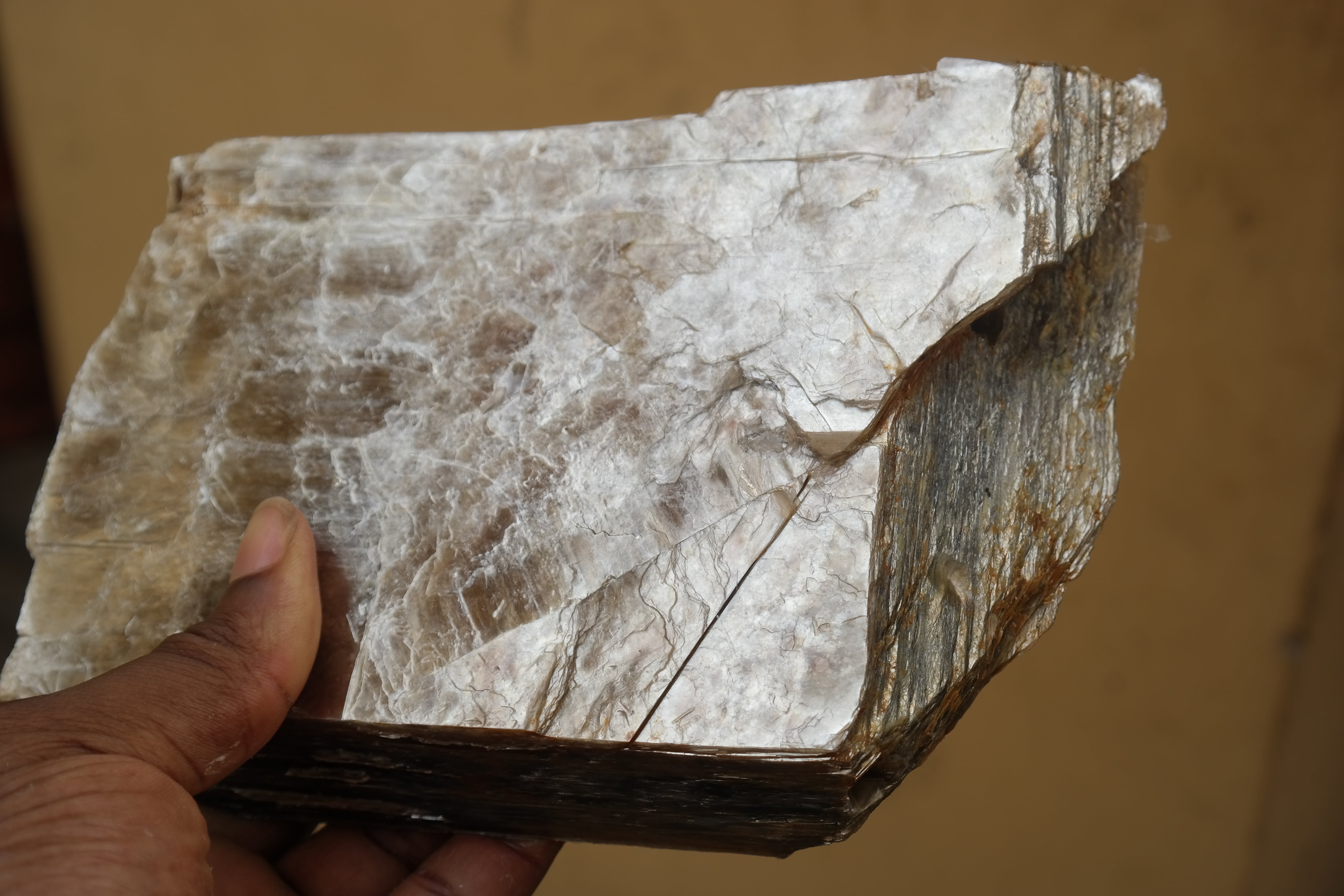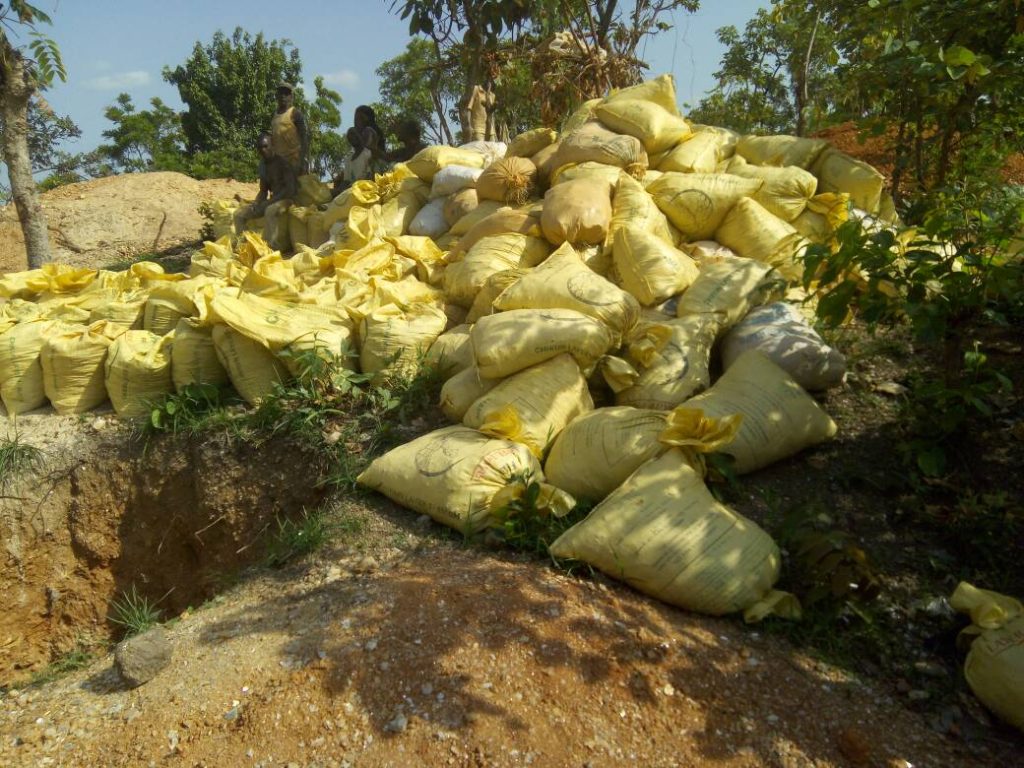Nigeria’s mica industry holds immense potential for growth, yet it remains underutilised. Mica, a versatile mineral with various industrial applications, can be a key driver of economic prosperity if processed efficiently and marketed strategically. This article explores the current state of mica processing in Nigeria, the challenges facing the industry, and the opportunities for value addition that could significantly boost exports and revenue.
The Simplicity of Mica Processing
One of the major advantages of mica is its relatively straightforward processing method, making it one of the easiest minerals to handle within the mining industry. Impact crushers are often used to break down large mica rocks into manageable sizes. Once the rocks are reduced, barrel separators help to separate the mica from impurities like sand and other unwanted materials.
However, Nigeria’s mica exports face significant challenges, including poor quality perception and lack of standardisation. Much of Nigeria’s raw mica is exported to China (85-89%), with smaller portions reaching India and a few other countries. Despite the global demand, Nigeria’s mica often sells for lower prices due to its perceived inferior quality. This issue stems from insufficient processing and a lack of adherence to international standards.
Value Addition: A Path to Higher Revenue
One of the biggest benefits of proper mica beneficiation is the potential for higher earnings. High-quality mica can fetch between $500 and $600 per metric ton, compared to the current $300-$350 that Nigerian mica commands. This price gap represents a significant loss of potential revenue, largely because the mica isn’t processed to meet the quality standards of buyers.
Countries like India, once dominant in exporting raw mica, have shifted focus towards value-added products such as mica powder, paper, and engineered mica sheets. This move has made India the largest global player in mica, generating over $60 million in annual sales. Nigeria can take a similar approach by investing in processing technologies to move beyond the export of raw mica and focus on value-added products.

The Nigerian Mica Market: A Buyer’s Market
The Nigerian mica market operates as a buyer’s market, with global buyers dictating the quality standards and prices. Without a governing body to regulate and standardise production, Nigerian miners and processors are at the mercy of foreign buyers, who often demand high-quality mica at reduced prices.
Implementing policies to set and enforce quality standards would empower Nigerian producers and create a more balanced market. Such regulations could include using advanced technologies, such as calcination machines for producing mica pigments, or investing in the production of mica sheets and other specialised products.
Investment Opportunities in Nigeria’s Mica Sector
For investors, Nigeria’s mica industry offers multiple entry points, from mining and processing to equipment rental and exportation. Setting up a mica beneficiation plant, for instance, can provide valuable services to traders and exporters looking to improve the quality of their products.
Locations such as Nasarawa and Kogi states, which are rich in mica deposits, present opportunities for setting up processing plants close to mining sites. Another lucrative option is to invest in equipment rental services, as many miners lack the necessary machinery to maximise production.

The Path Forward: Collaboration, Specialisation, and Innovation
To unlock the full potential of the mica industry, Nigerian stakeholders must focus on collaboration and specialisation. In India, for example, mica producers work within well-defined communities, with different groups specialising in mining, processing, and exporting. This approach has allowed India to dominate the global mica market.
By fostering collaboration among Nigerian miners, processors, and exporters, the industry could see rapid improvement in both quality and output. Specialisation is another key to success: rather than trying to cover the entire mica value chain, stakeholders should focus on excelling in one area, whether it’s mining, processing, or exportation.

Challenges and Solutions for the Nigerian Mica Industry
One of the most pressing challenges is the high cost of setting up advanced processing plants, which can range from $250,000 to $500,000. While this is a significant barrier, the returns on investment could be substantial, given the growing global demand for high-quality mica products.
Additionally, Nigeria must move away from relying on artisanal mining practices, which are inefficient and fail to meet international standards. Investing in modern machinery, such as impact crushers, barrel separators, and conveyor belts, will help to streamline production and improve product quality.
Training a dedicated workforce is also essential. Currently, much of the mining labour in Nigeria comes from part-time workers, such as farmers, who lack the necessary expertise and commitment to maintain consistent production levels. A trained, full-time workforce would enhance productivity and ensure better quality control.
The Road Ahead
Nigeria’s mica industry has the potential to grow exponentially, but it requires investment in both human and technological resources. Implementing quality standards, improving processing capabilities, and fostering collaboration between stakeholders are critical steps towards making Nigeria a leading player in the global mica market.
The global mica market is worth billions, and with India gradually shifting focus away from raw mica exports, there is a significant opportunity for Nigeria to capture a larger share. Steps must be taken to improve quality and add value to mica products in order to increase its export revenue, create jobs, and boost the country’s industrial capacity.
With the right policies, investments, and collaboration, Nigeria can transform its mica industry from a supplier of low-quality raw materials into a key player in the global mica market.

